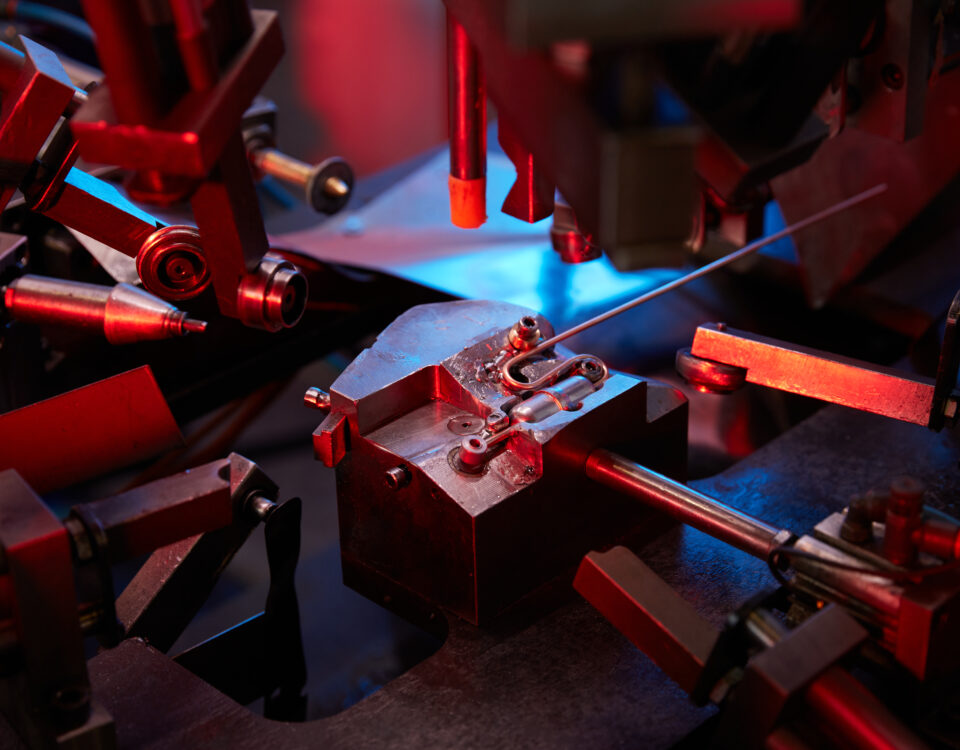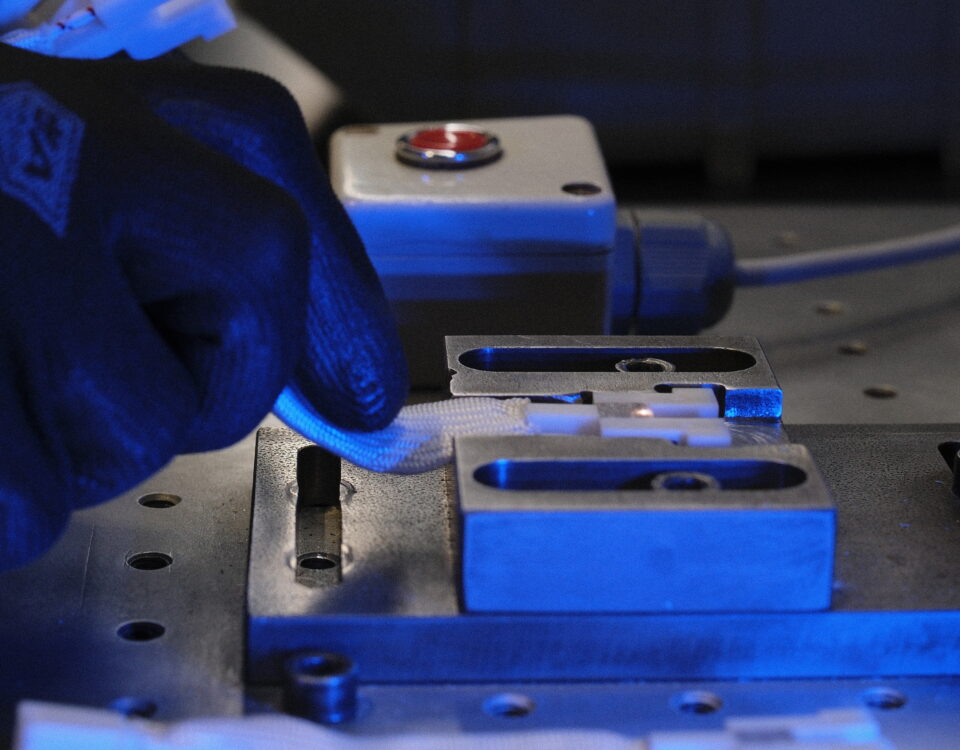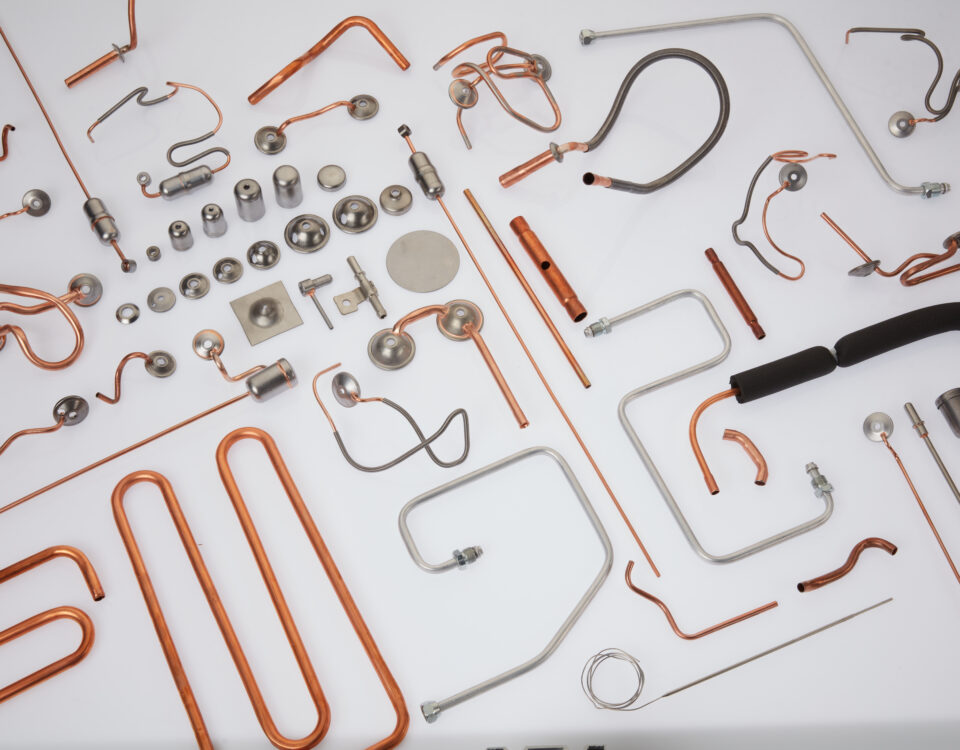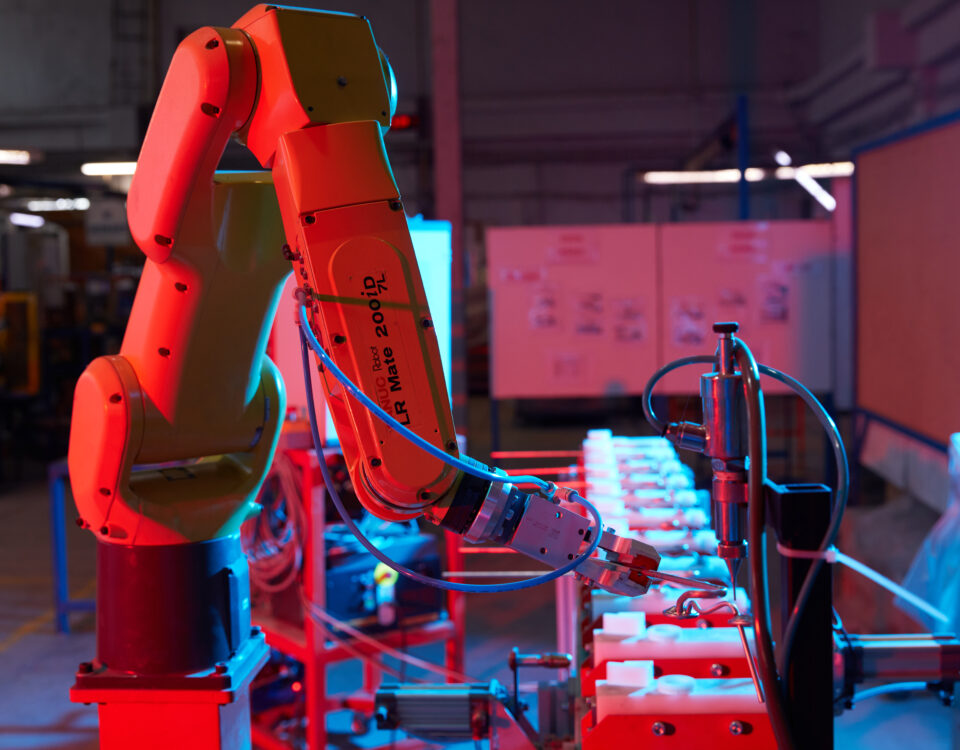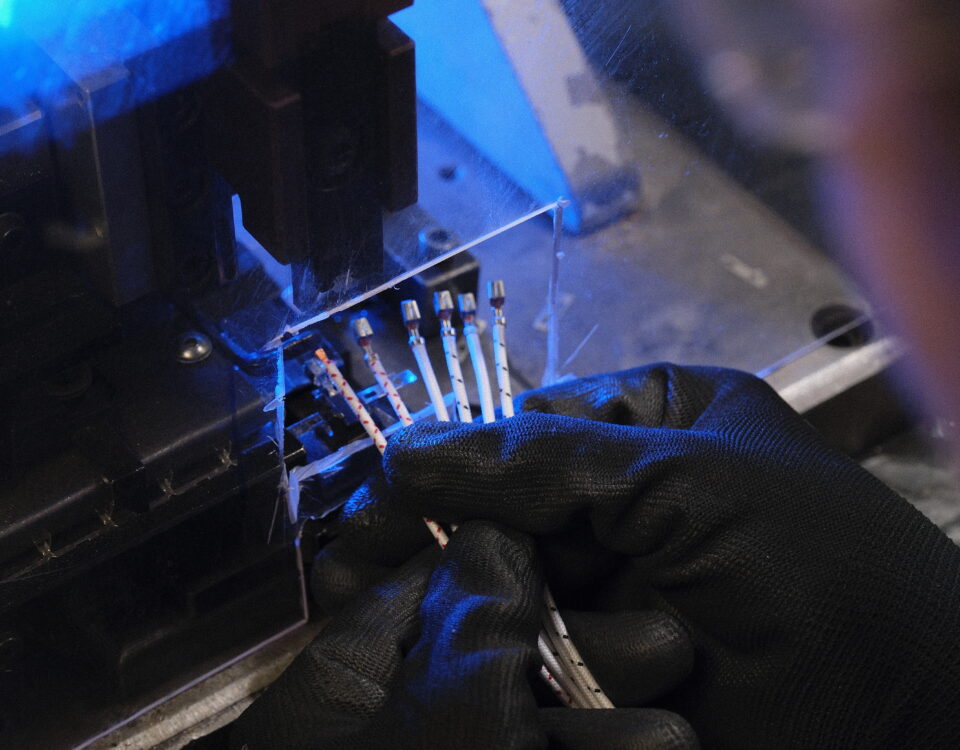
Quality Control in Cable Manufacturing
September 25, 2024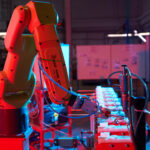
Brazing Techniques
October 11, 2024Automotive Metalworking
Automotive Metalworking: Technological Innovations and Applications
Introduction
The automotive industry is one of the most dynamic sectors where technological innovations are quickly adopted and implemented. A significant portion of these innovations occur in metalworking processes to improve the durability, lightness, and cost efficiency of vehicles. Automotive metalworking technologies are constantly evolving to reduce production costs, produce stronger and lighter vehicles, reduce environmental impact, and enhance safety.
In this article, we will explore the technological innovations in automotive metalworking and their applications in the industry.
1. Fundamental Techniques in Automotive Metalworking
1.1. Sheet Metal Forming
Sheet metal forming is one of the most commonly used metalworking methods in automotive manufacturing. It is preferred in the production of vehicle exteriors, chassis, and interior parts. With technological advancements, materials such as high-strength steel and aluminum alloys, which are light and strong, can be processed.
Deep Drawing:
- The deep drawing technology allows sheet metals to be formed in various sizes and shapes. It is ideal for complex structures like automobile bodies.
Hydroforming:
- The hydroforming method uses liquid pressure to shape metal sheets. It is especially used to create complex forms of lightweight metals.
1.2. Machining
Machining is a production technique that removes excess material from workpieces to achieve the desired form. CNC machines and automation systems play a crucial role in this process. This technique is widely used in the production of precision components such as engine blocks and transmission parts.
CNC (Computer Numerical Control) Machining:
- CNC machines speed up the production of automotive components by providing high precision and repeatability.
Laser Cutting:
- Offering high accuracy and low material loss, laser cutting is particularly preferred for complex designs.
2. Technological Innovations
2.1. Advanced Materials Science
The automotive industry has made significant advances in materials science to produce lighter and more durable vehicles. High-strength steels, aluminum, and carbon fiber can be processed with new manufacturing technologies. These innovations reduce vehicle weight while enhancing durability.
Advanced High-Strength Steels (AHSS):
- Enables the production of thinner yet durable metal parts, lightening vehicles without compromising safety.
Aluminum and Magnesium Alloys:
- Preferred to reduce vehicle weight and improve fuel efficiency.
2.2. 3D Printing (Additive Manufacturing)
3D printing offers a revolutionary innovation in automotive manufacturing. Especially favored for prototyping and low-volume custom parts, 3D printing offers lower costs and faster production compared to traditional methods. It also simplifies the production of complex geometries.
Metal 3D Printing:
- It has become possible to process durable metals such as titanium and stainless steel with 3D printing.
2.3. Robotics and Automation
Robotic systems provide precise and repeatable operations in automotive manufacturing. Robots used in welding, assembly, and metalworking processes increase production speed and quality while reducing error rates.
Industrial Robots:
- Used for joining and welding metal parts on assembly lines.
Cobots (Collaborative Robots):
- Work alongside humans, offering flexibility, particularly in the processing of small and complex parts.
3. Applications and Future Perspectives
3.1. Metalworking in Electric Vehicle Production
Electric vehicles (EVs) have different structural requirements compared to traditional internal combustion engine vehicles. This necessitates changes in metalworking technologies. Lightweight materials and new production techniques play a critical role in integrating EV batteries and building chassis.
Aluminum and Carbon Fiber Usage:
- The use of lightweight materials has increased to optimize weight in electric vehicles.
3.2. Metal Parts Required for Autonomous Vehicles
Autonomous vehicles, equipped with more sensors and technological components, require new parts that demand high precision in metalworking processes. This allows for the production of more complex and smaller metal components.
4. Conclusion
Automotive metalworking is a constantly evolving technological field that progresses in line with innovations in the automotive industry. Innovations such as high-strength materials, robotic systems, 3D printing, and advanced manufacturing techniques enable more efficient production processes and the manufacturing of stronger, lighter vehicles. These technological advancements are expected to contribute significantly to the automotive industry by providing environmental sustainability and cost advantages.


